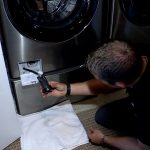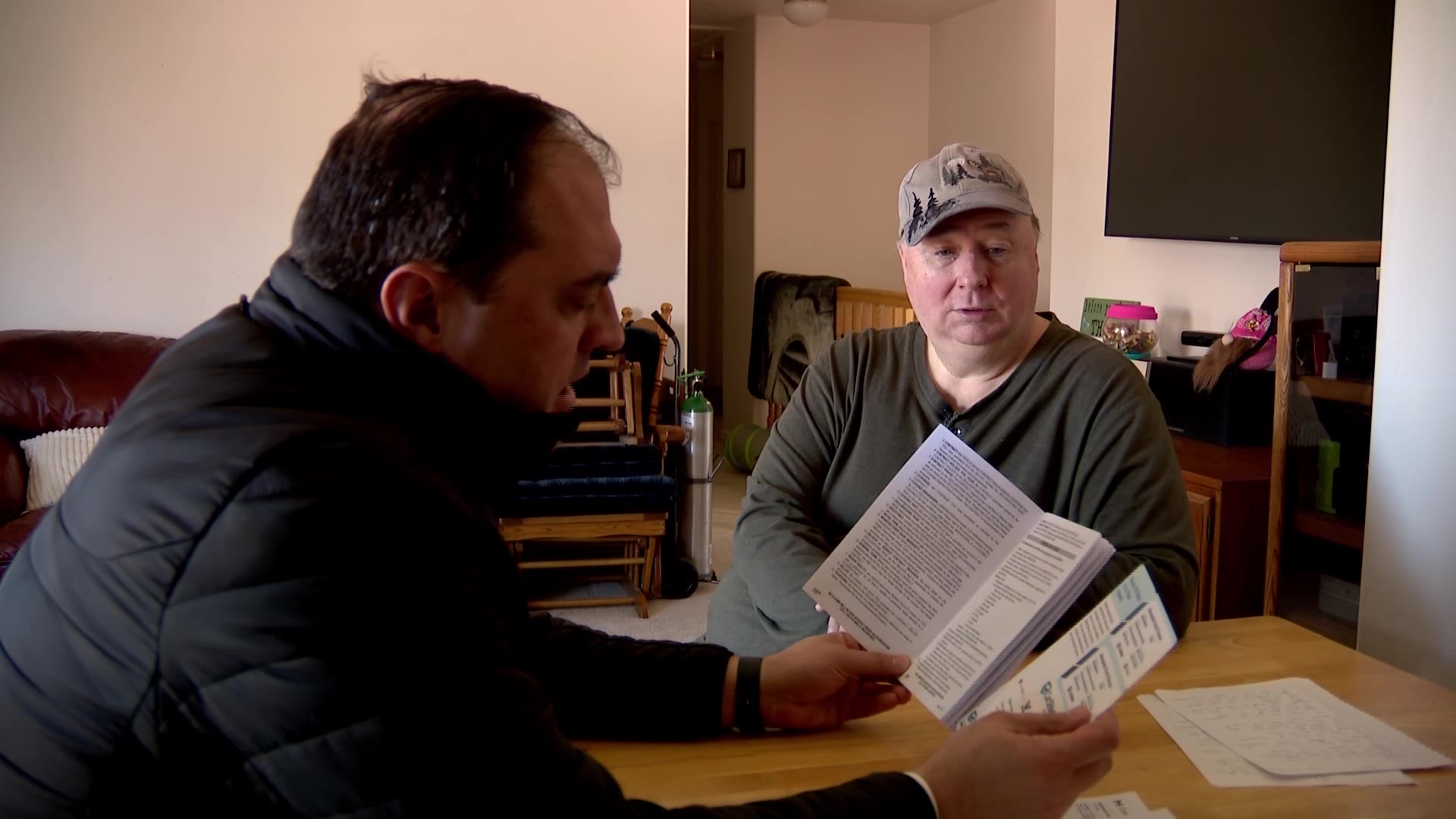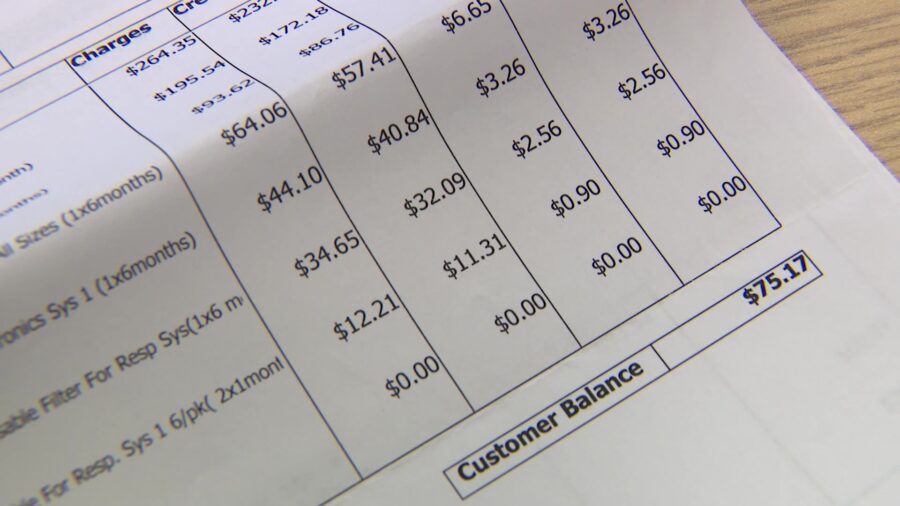Gephardt: Does Your Washing Machine Eat Your Missing Socks?
Jun 8, 2021, 6:24 PM | Updated: Jun 19, 2022, 10:02 pm
WEST JORDAN, Utah — If it seems like your sock drawer has more singles than matched pairs, you are not alone. A study by Samsung estimated the average person loses about 15 socks every year.
If missing socks drive you crazy, you might take comfort knowing they really can disappear in the wash. But how do they vanish?
“I have a sock monster,” said a frustrated Connie Boyde.
Boyde believes something with a voracious appetite has been hunting down the single socks in her wash.
In recent weeks, she said it has left behind one lonely from five separate pairs.
“I think the machine eats them for sure,” said Boyde.
To test her theory, the KSL Investigators asked technician Tyler Murphy of Appliance Repair by Paul if a washing machine can really eat so many socks.
“Honestly, where do the missing socks go?”
“They’re back here,” Murphy answered as he pointed behind Boyde’s washing machine. “They’re behind the washer. They’ll get set up on top, things will get moved around and pushed, and then they fall back behind.”
But he said that’s not always the case. Sometimes, washers really do devour socks — well, sort of.
“So, you have a rubber door boot here that is secured and locked,” said Murphy. “Inside of the actual washer here, the door boot can pull open and you can get a sock that can go down, like into these crevices. But it’s going to go straight down into your drain pump. Then, your washer is actually going to stop draining.”
Boyde’s alleged sock-eating washer is a front loader.
Murphy said on top-loaders, socks can get pushed up over the drum due to overloading.
“With the design of a top-load washer, the more you fill it… the socks can go up over into it, but the same principle applies,” Murphy explained. “As more water goes in the washer, everything goes down to the drain. It’s pretty rare when we go out and pull a washer apart to find a sock in a top-load washer, but it’s a little more possible.”
Many machines have a filter, Murphy said, that prevents stuff from wreaking havoc on drain pumps. But you will not just find socks: We’re talking coins, wedding rings, bobby pins, and over the past 15 months – COVID masks.
“We’ve seen a lot of the fine masks get down in through the washer and then clog a drain pump, so that is super common with the masks,” said Murphy.
Murphy showed Boyde how to access that filter on her washer through a panel on the front in the lower left-hand side and check it for stray socks.
In this case, none were found.
“We don’t have actually anything in the filter itself,” he told Boyde. “But generally, if you get a sock in your washer, it’s going to work down in and stick right here.”
But not stopping there, Murphy opened up the washer to see if one of her five missing socks somehow made it past the filter and he found nothing, not one trace.
“Your washer is spic and span. Nothing down inside of it,” he told Boyde.
No socks. No sock monster, at least not in her washer.
“I still say there’s a sock monster because the socks never show up again,” laughed Boyde. “They don’t show up under furniture. They don’t show up anywhere. They’re just gone.”
Sometimes, socks can slip past a dryer’s filter if it is not pushed in all the way. Another culprit could be static electricity causing an errant sock to stick to other clothes.
One solution to keep socks together is to wash and dry them in a mesh laundry bag.
But the problem with missing socks could have psychological reason, too. An English psychologist did a real study for Samsung on missing socks and among his among his findings is we tend to look in the easiest, most obvious places, and if the sock isn’t there, we just assume it is gone forever.
So, the next time a sock disappears on you, you might consider a thorough search of your home before chalking it up to a sock monster.
















